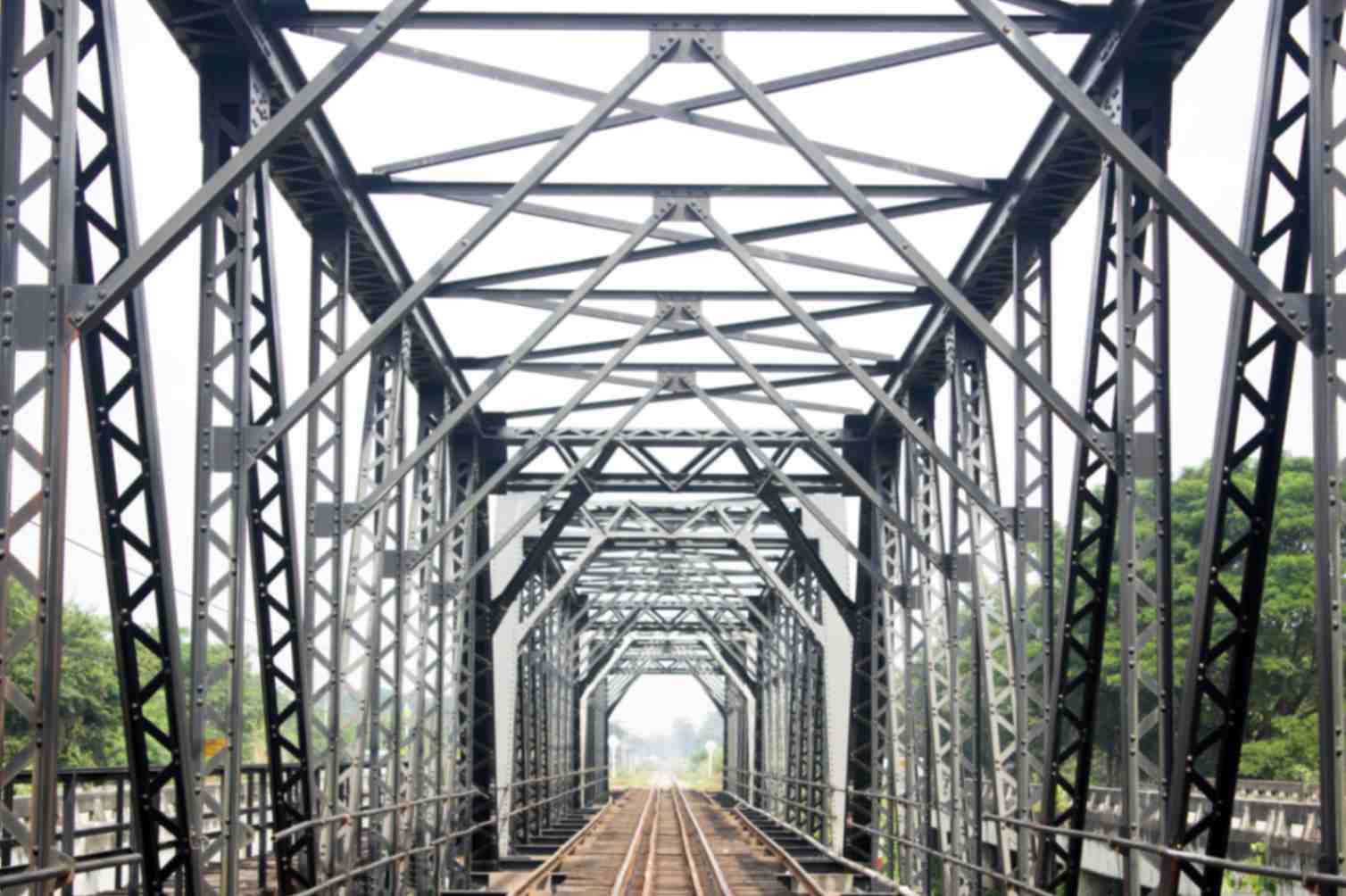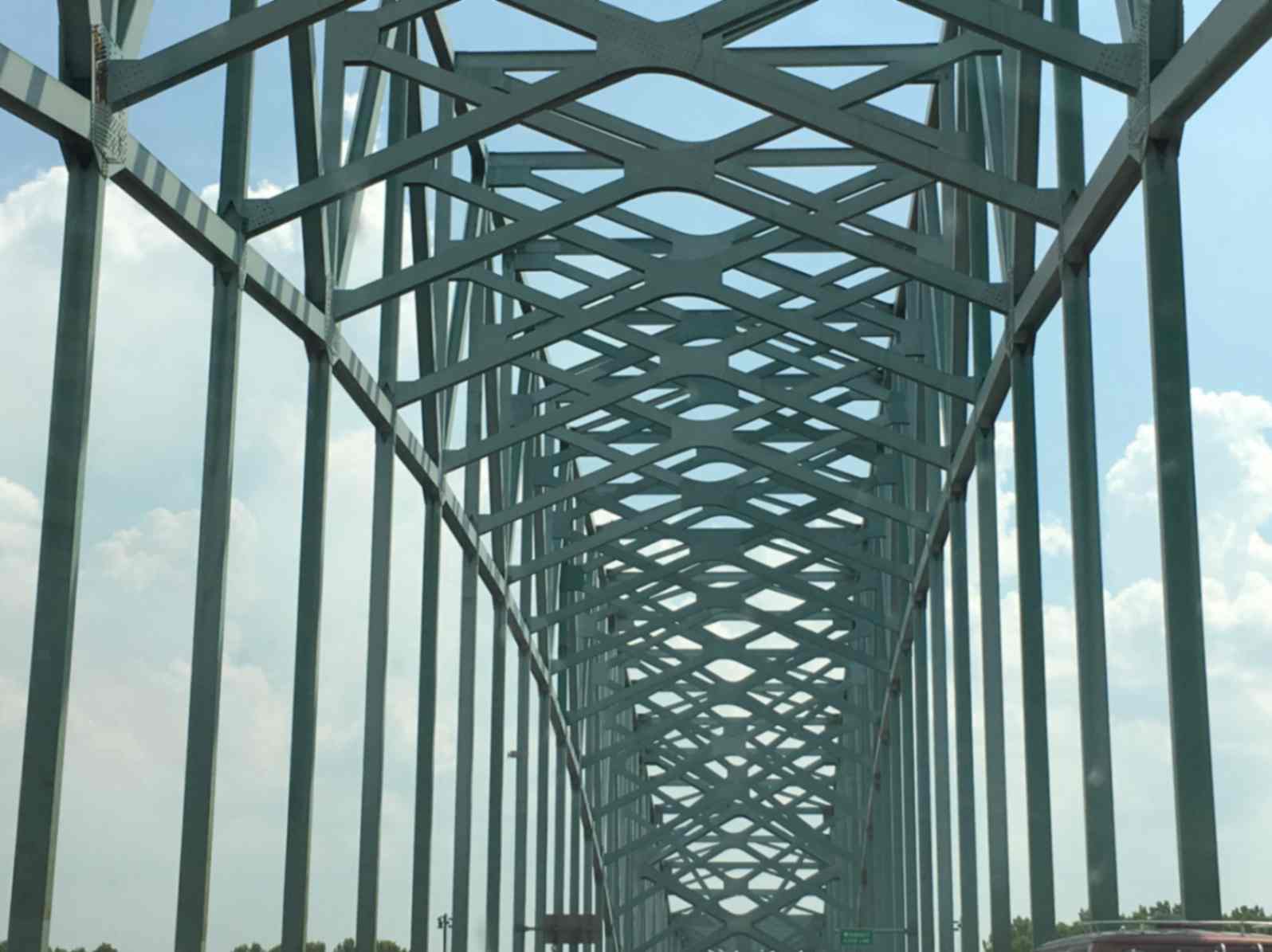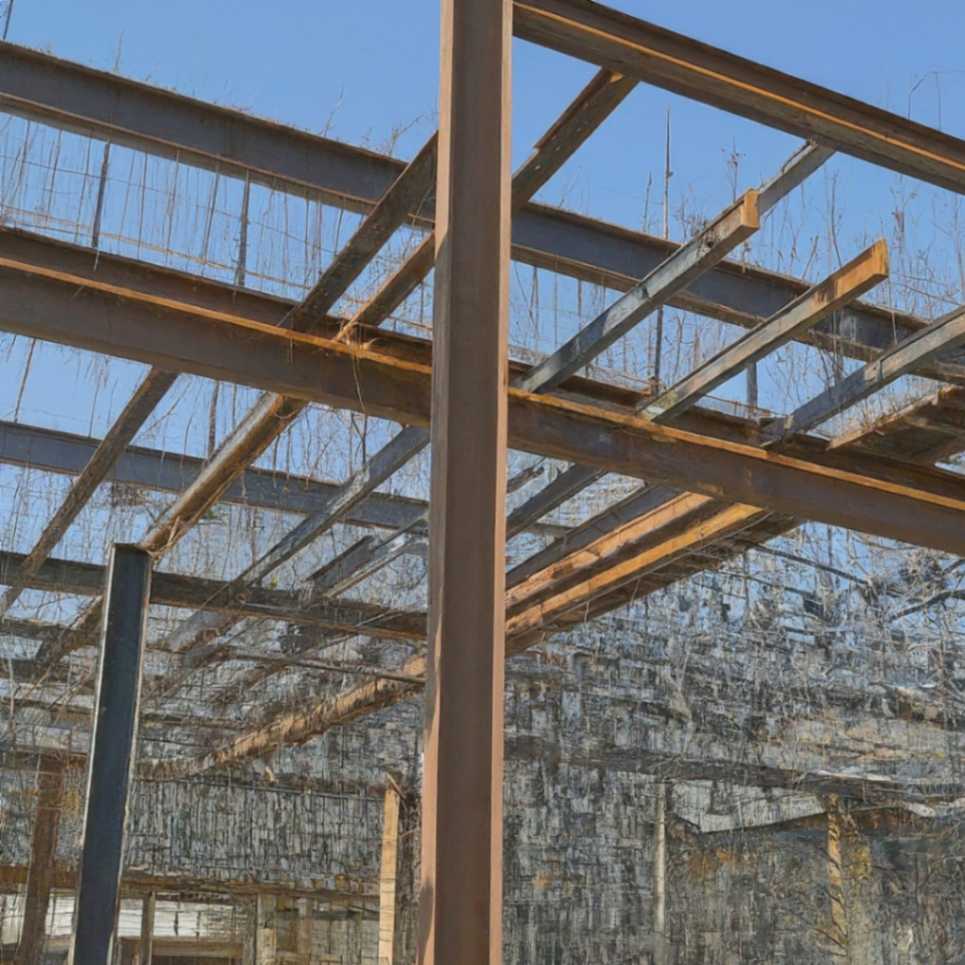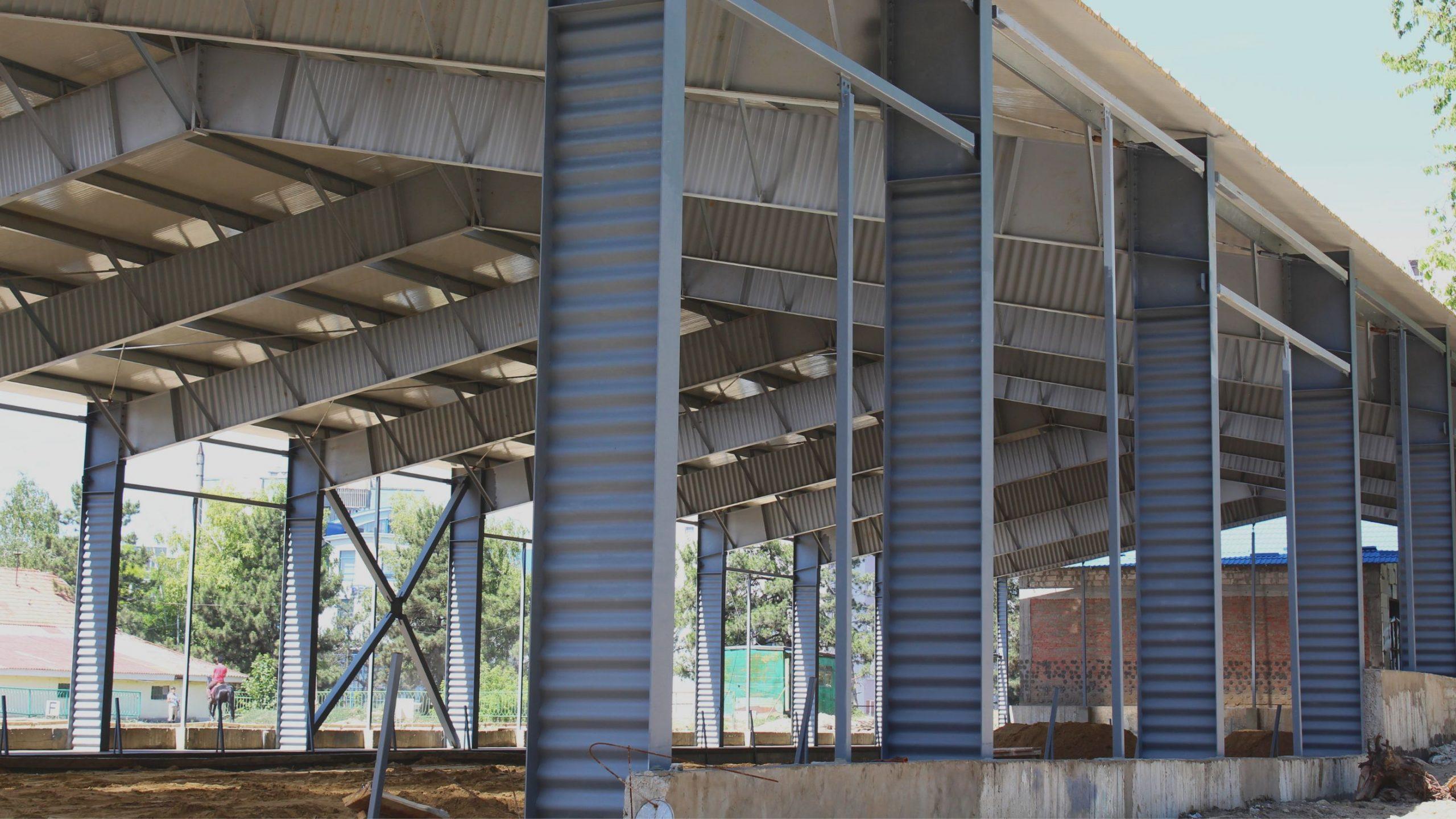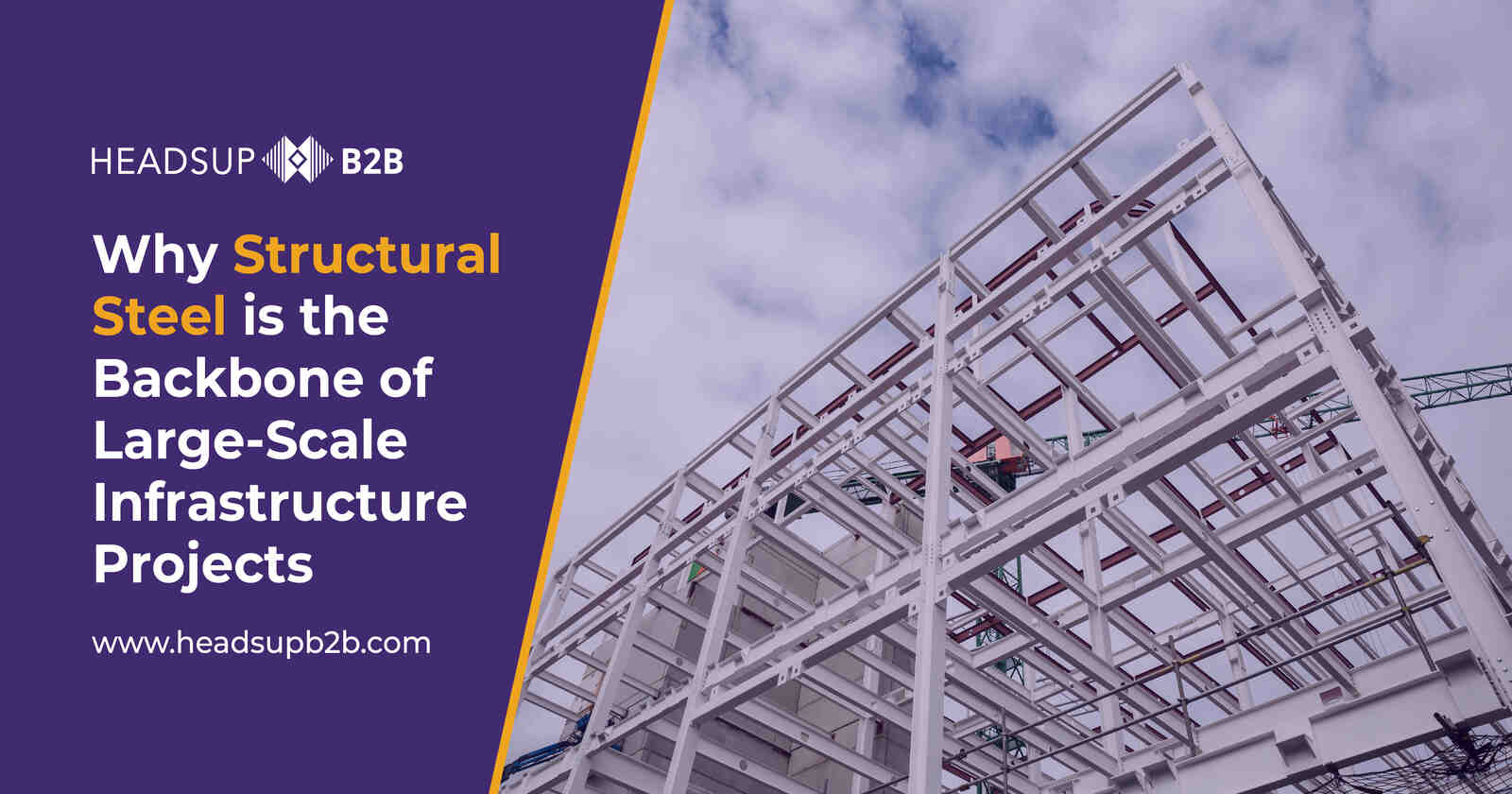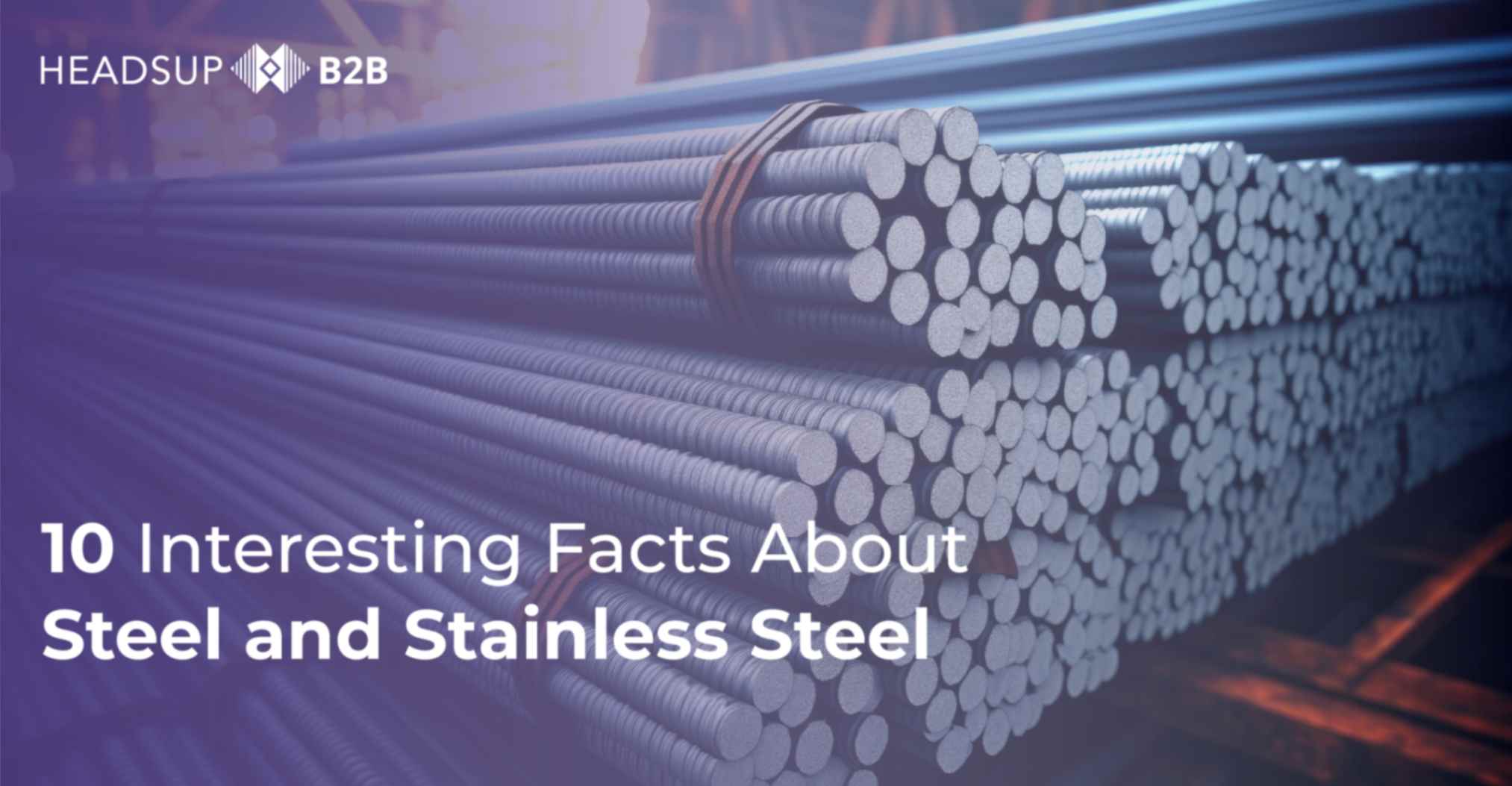Columns and beams are elements of structure that confer strength and stability to buildings, bridges, and other structures. Beams are horizontal members that take vertical loads and transmit them to columns or walls to avoid bending and deflection. Beams are of many kinds, i.e., I-beams, T-beams, and box beams, and are made of either steel or concrete or wood. Columns are vertical members for compressive loads, designed to transmit carries reviewing from beams and slabs to the foundation. Columns can be square, rectangular, or circular; they help and support the overall structure. Beams and columns combined form the frame of buildings and structures, fulfilling durability, distribution of loads, and powers against wind and earthquake.
Benefits
1.Structural stability arises when beams and columns support each other to perfect the balance of forces in a structure. they perform admirably to attain ultimate strength under a variety of natural loads and are useful for stabilizing the bridge and structure generally.
2.Load Distribution: The beams hold the horizontal loads, while the columns support the vertical loads and pass them on to the ground to keep the structure stable.
3.The strength and endurance of the material: Steel, concrete, and wood are long-lasting materials that have been proven over spans against most environmental conditions.
4.Versatility: The system is utilized in different structures such as residential, commercial, and industrial buildings, bridges, and towers.
5.Earthquake and Wind Resistance: The design quality of columns and beams comparatively corresponds with how well the building will resist natural forces.
